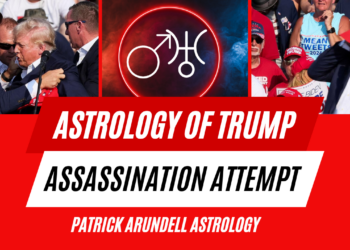 Acupuncture is a widely used, but perhaps not all that understood, type of pain relief. While some understand that acupuncture is a treatment based on scientific evidence, many still see it as an alternative treatment used by “others.” The research on its efficacy is out there and of course it is up to each individual to determine, in conjunction with a practitioner of acupuncture in Miami, what works best for them. Here are five interesting facts about this modality, however, that may encourage acupuncture skeptics, support those who already use it, and prove compelling to all.
Acupuncture is a widely used, but perhaps not all that understood, type of pain relief. While some understand that acupuncture is a treatment based on scientific evidence, many still see it as an alternative treatment used by “others.” The research on its efficacy is out there and of course it is up to each individual to determine, in conjunction with a practitioner of acupuncture in Miami, what works best for them. Here are five interesting facts about this modality, however, that may encourage acupuncture skeptics, support those who already use it, and prove compelling to all.
● Practitioners Must be Licensed and Certified in Order to Practice
Acupuncture is about more than “just” sticking needles into people. This practice is discipline based and requires needles to be placed strategically and not in any “willy nilly” fashion. Acupuncture is not voodoo or whatever incorrect assumptions folks have made based on television shows and movies that get it wrong.
In fact acupuncturists must be licensed and certified by professional organizations. The National Certification Commission for Acupuncture and Oriental Medicine, the NCCAOM has developed a code of ethics, as well as strict requirements for acupuncturists. The Florida Board of Acupuncture for example, requires their clinicians to abide by the Acupuncture Practice Act, and pass NCCAOM exams in Foundations of Oriental Medicine, Acupuncture with Point Location, Biomedicine, and Chinese Herbology.
● Acupuncture Effects Brain Chemistry
The placement of acupuncture needles is precise, strategic, and highly specialized. The sequence and order in which they are arranged is meant to stimulate the brain’s serotonin levels, endorphins, and nucleus accumbens. Together, these organic neurotransmitters and the brain’s pleasure center allow for pain relief, decreased anxiety, mental acuity, and improved immunity.
● Acupuncture is Supported Scientifically
In addition to being a tried and true treatment dating back thousands of years to ancient China, there is a lot of scientific evidence that supports the practice of acupuncture. In fact, the Federal Drug Administration acknowledged acupuncture as a reputable medical treatment in the late 1990’s. The Journal of the American Medical Association published research verifying acupuncture as clinically effective in reducing musculoskeletal pain in 2012, and the National Institutes of Health declared acupuncture as safe in 1997.
● Acupuncture is a Popular Treatment
In addition to its scientific support, acupuncture has enjoyed greater acceptance and popularity throughout the United States. Between 2002 and 2007 the use of acupuncture increased by nearly one million people. Subsequently, acupuncture has been found effective in treating physical, psychological, spiritual, and existential pain crises. This has in turn brought about decreased dependence on surgical procedures and the consumption of medication for conditions that could once only be treated in these ways.
● Acupuncture Was Introduced into American Culture Because of President Nixon
Acupuncture was popularized and brought to the United States in the early 1970’s. James Reston, a journalist for the New York Times, was in Beijing awaiting an appointment with then President Nixon. During this time, he had an emergency appendectomy and received acupuncture as part of his post- op care. Mr. Reston was impressed by the effects of this ancient practice, and shared his story with anyone willing to listen. His reporting lead doctors to visit China to study acupuncture, research its efficacy, and ultimately bring it back to the United States in clinically meaningful ways.













